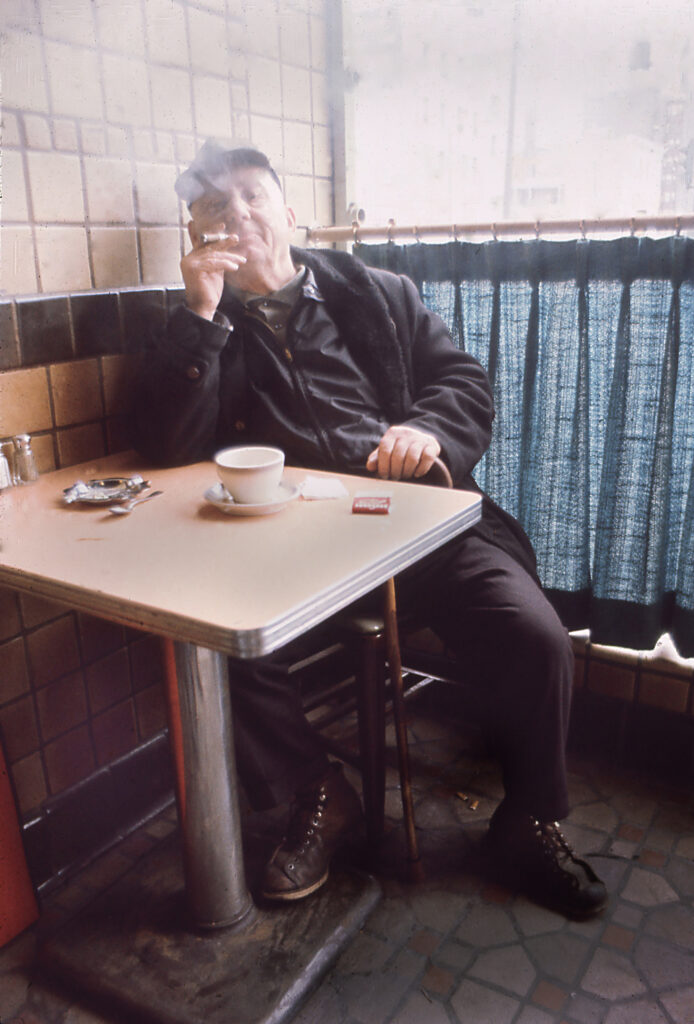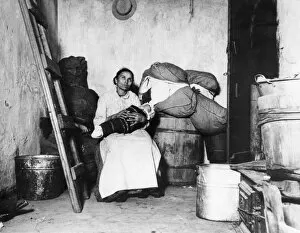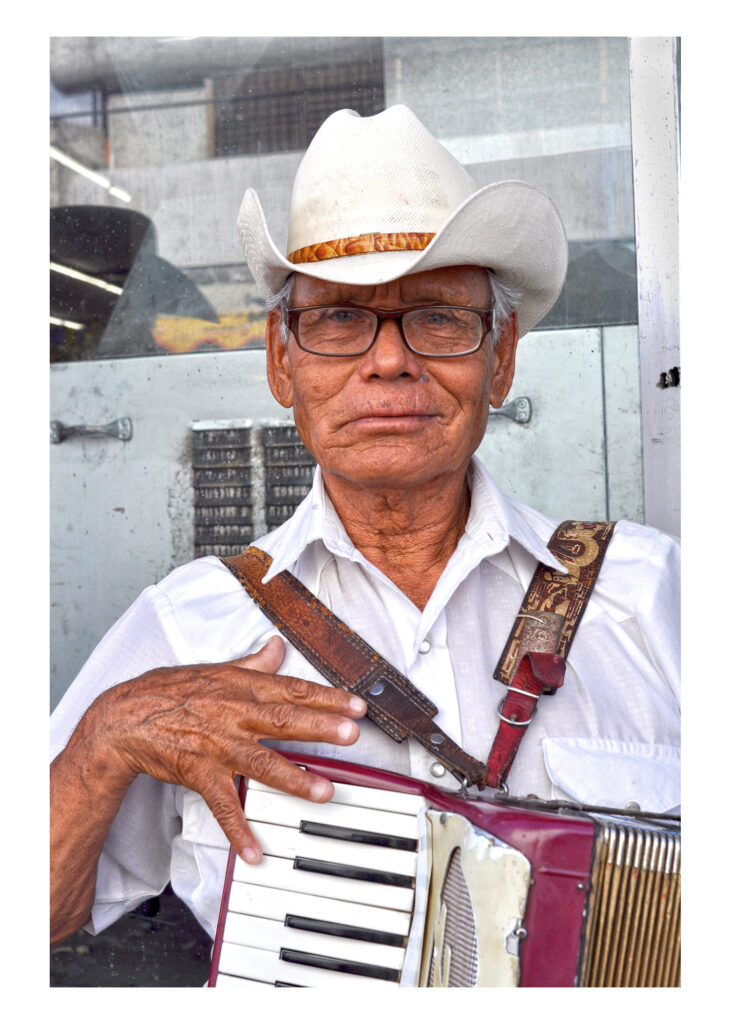PHOTOJOURNALISM IN 2017

Juan Rodriguez's family struggles to cope with his impending deportation. Rodriguez does not have a criminal history, and he is the breadwinner for his wife and three daughters. Media: Jon Shapley and Marie D. De Jesus

Juan Rodriguez’s family struggles to cope with his impending deportation. Rodriguez does not have a criminal history, and he is the breadwinner for his wife and three daughters.
Media: Jon Shapley and Marie D. De Jesus
Photojournalism is the practice of telling a story using a finely tuned balance of skills in photography and writing. The National Press Photographers Association describes the responsibility of photojournalists in the preamble of the code of ethics they uphold. The NPPA indicates photojournalists should“report visually on the significant events and varied viewpoints in our common world. Our primary goal is the faithful and comprehensive depiction of the subject at hand. As visual journalists, we have the responsibility to document society and to preserve its history through images.” Photojournalists have given us a world of different stories, including some that are not always “hard news.” Awards on behalf of organizations across the country have a myriad of categories that describe photojournalism and the stories told through it. Advancements in technology have connected people to the fragments they care about more directly.
Photojournalists can be on staff for publications or bid for contract work to make a living. Some, like Marie De Jesus of the Houston Chronicle, are salaried staff to news publications. Depending on the education, experience and type of photography the expected starting salary is around $29,000 a year, according to reports from payscale.com.

Media: Jon Shapley and Marie D. De Jesus
Some photojournalists choose to bid on assignments that are sent by various publications. Online, print and social media publications can contract photojournalists to take, buy or use photos. The pay for freelance assignments vary along the type of photos and publications they are for. Bids often include an operations budget for the assignment, so they tend to be more pay.
The National Press Photographers Association and the Society of Professional Journalists are organizations that represent photojournalists in the US. These organizations uphold a professional standard for the industry and vouch for training, access and experience in photojournalism. There are student rates for the Society of Professional Journalists and the National Press Photographers Association that are about $40 to $65 a year. Photojournalists can also be a part of photo agencies that market their photos to potential clients. The agencies often specialize in a type of news such as global, sports or weather. The agency will post, market and connect photographs to publishers looking for photos.
Photojournalism began in the late 1900s when advancements in ink and paper printing allowed newspapers and magazines to print photographs without smudging. The New World Encyclopedia lists the “golden age” of photojournalism to be the 1930s to the 1950s. Life magazine gained its prominence in the 1940s for printing photographs and stories in great quality.
I’d love to work for an online publication like NPR or a magazine like Original Plumbing. My ideal job in photojournalism would be telling the stories and elevating the voices of queer people of color. I’d like to highlight the realities of people that aren’t always considered in the effects of current events. My dream is to show people a perspective that they hadn’t even realized existed.






